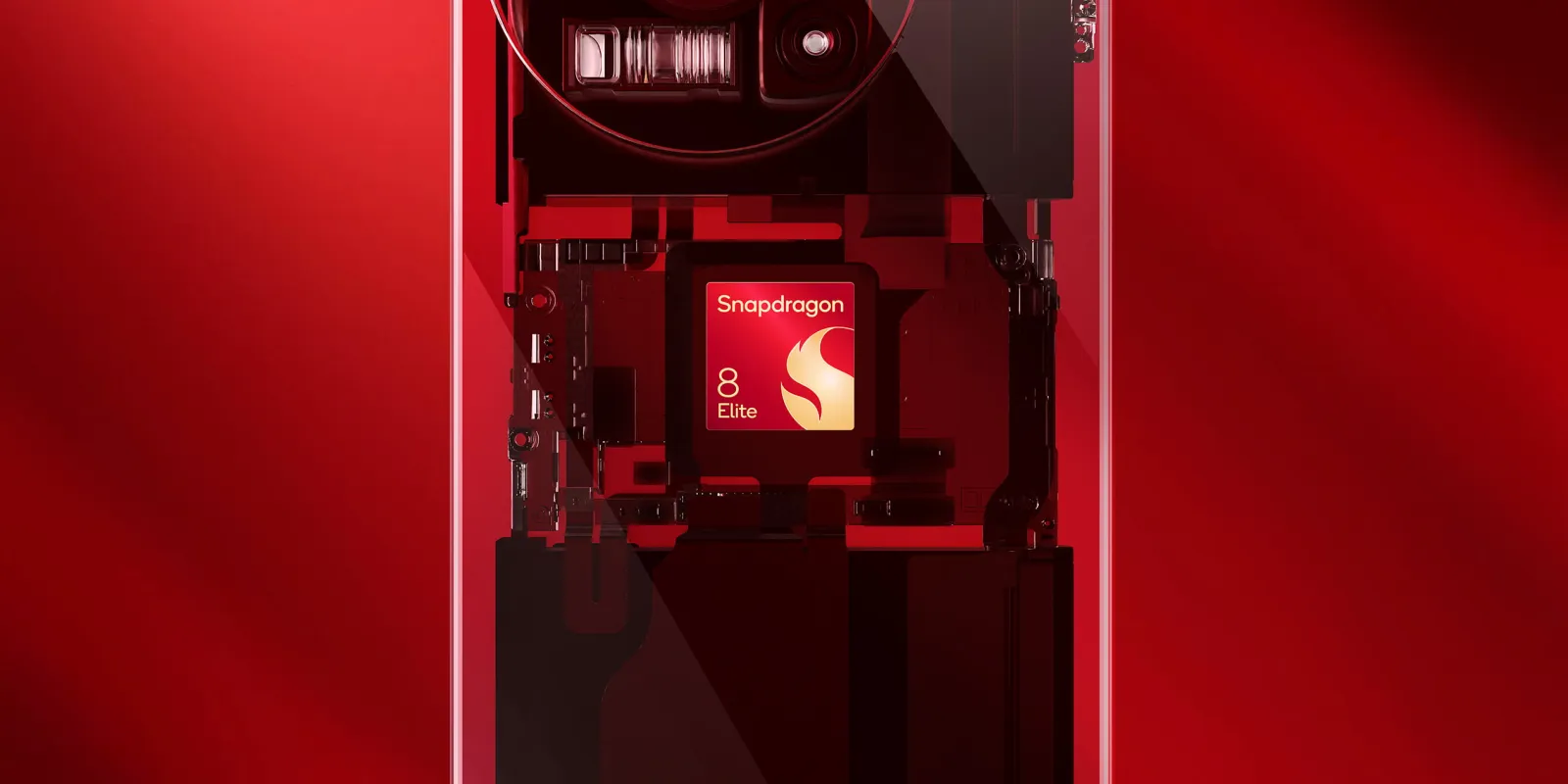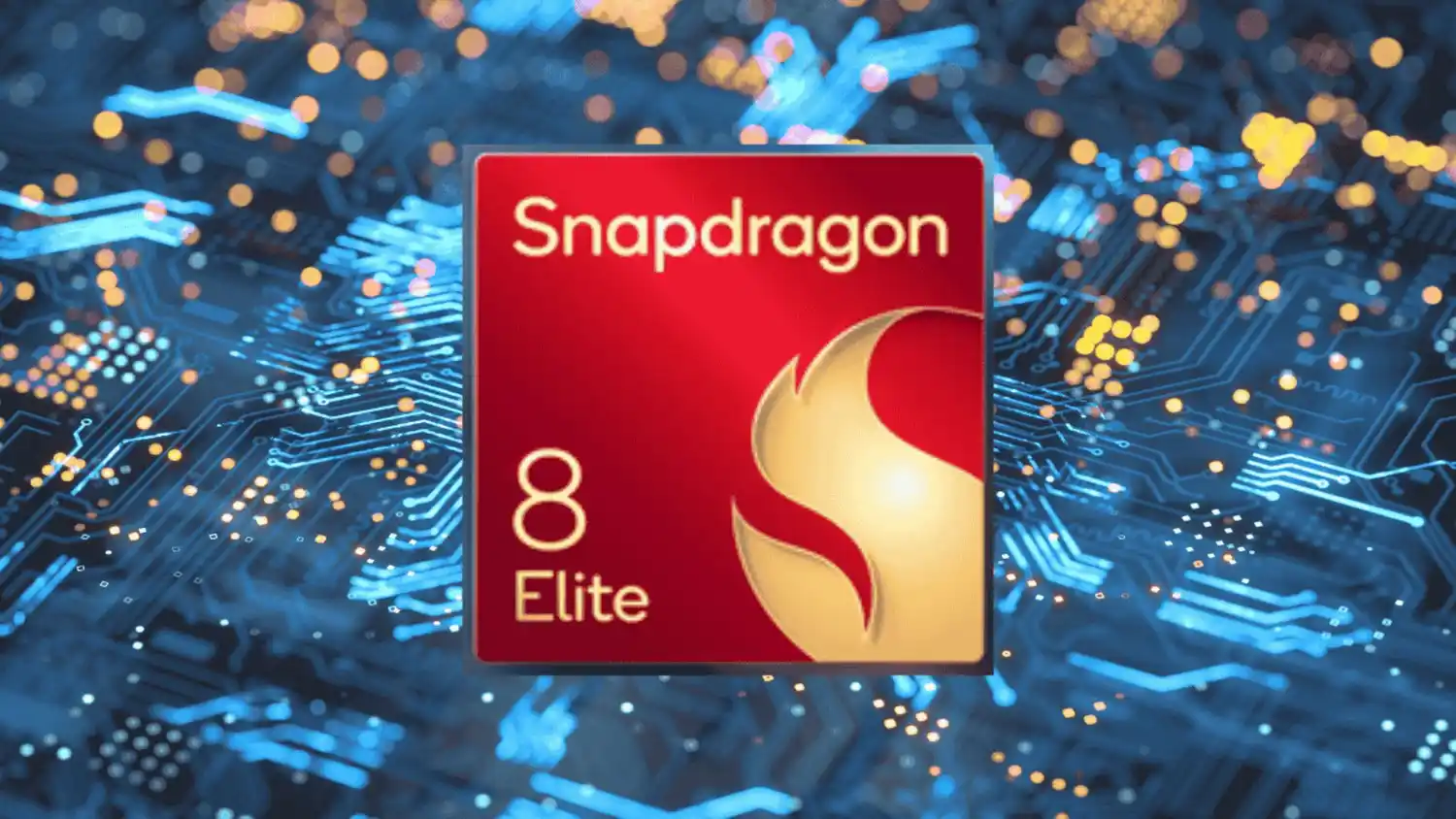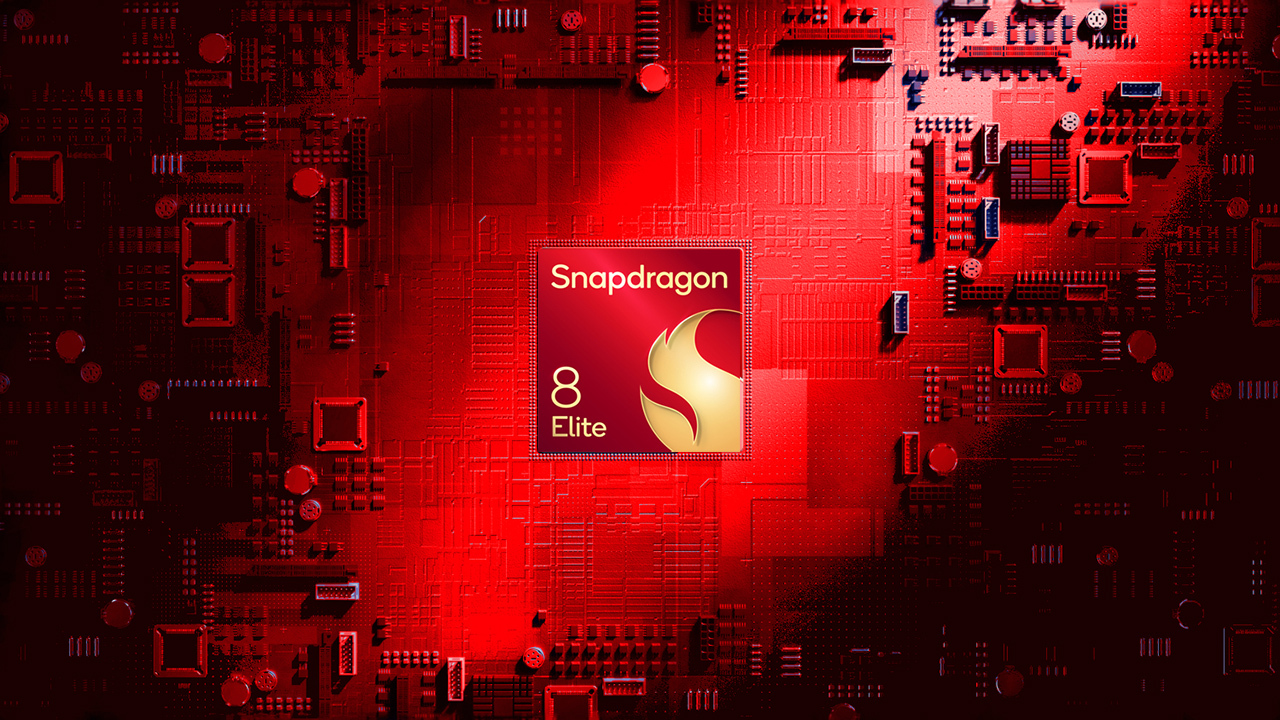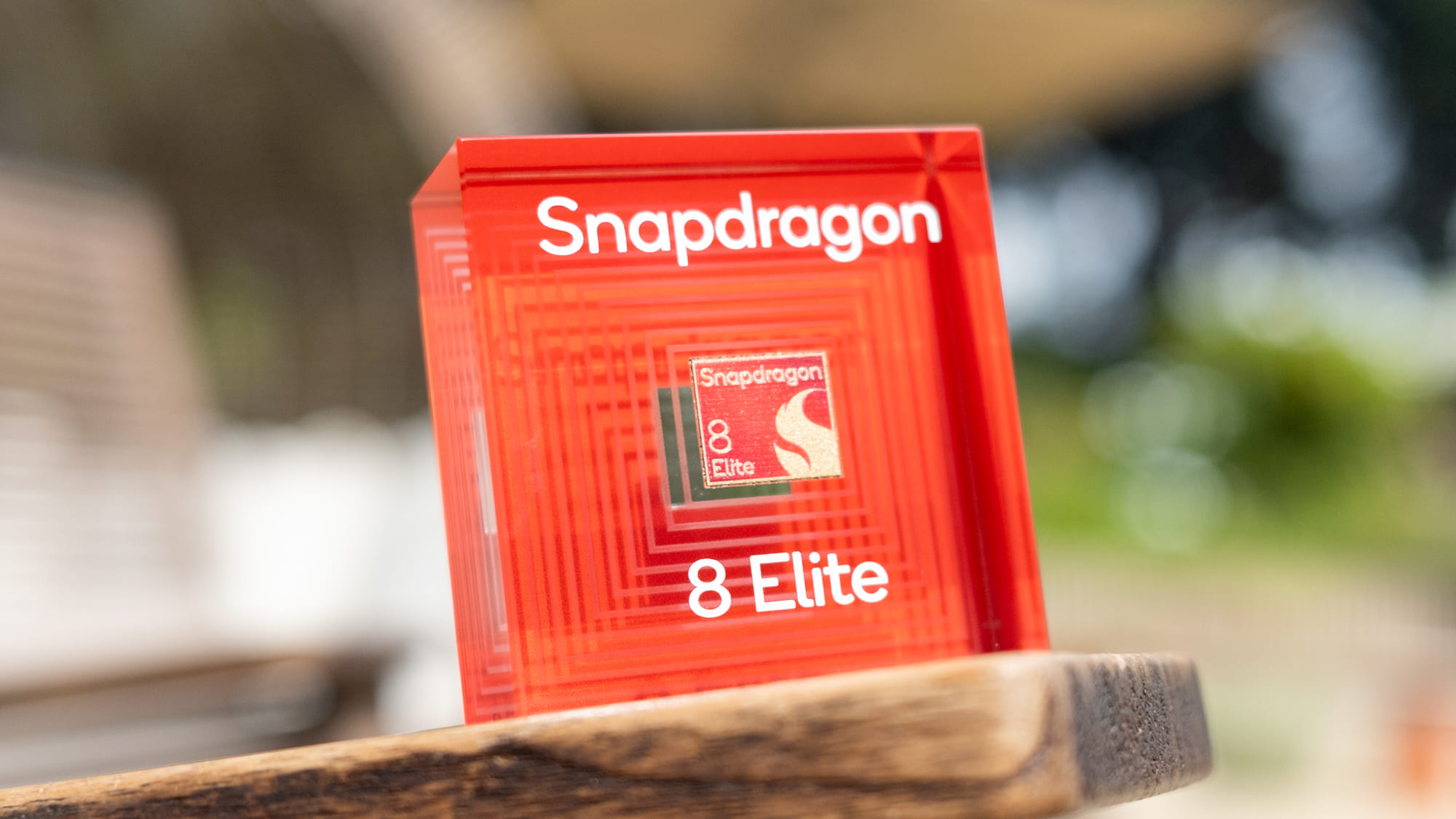The upcoming release of Qualcomm’s Snapdragon 8 Elite chipset is poised to significantly enhance the landscape of Android smartphones. Touted for its high-end performance capabilities and technological advancements, this chipset is especially noteworthy for its integration of ultra-wideband (UWB) technology, a move set to broaden UWB adoption across a range of Android devices.

A Leap in Connectivity: UWB Comes Standard on Snapdragon 8 Elite
Traditionally, UWB technology has been underutilized in Android phones, largely due to its availability primarily through additional hardware integrations by manufacturers. However, Qualcomm is changing the game by embedding UWB capability directly into its Snapdragon 8 Elite chip. This strategic integration is facilitated by the FastConnect 7900 connectivity platform, which embeds UWB within the chipset itself, eliminating the need for external UWB components.
As outlined by Qualcomm, the FastConnect 7900 platform is a “single-chip 6nm solution,” which simplifies the manufacturing process for OEMs (Original Equipment Manufacturers). According to a Qualcomm representative, “OEMs do not need to add any extra UWB hardware.” This not only streamlines the production of Android phones with advanced connectivity features but also potentially reduces costs and physical space requirements within the device.

UWB: A Versatile Technology for Enhanced Device Interactivity
UWB technology is renowned for its precision in spatial and directional data transmission, which makes it ideal for several practical applications. Android users can look forward to utilizing UWB for close-range tasks such as digital car keys in Google Wallet and potentially for locating items with Find My Device trackers in the future. This broadens the scope of how smartphones interact with our daily environments, making them more intuitive and user-friendly.
Future Implications: A Wider Reach for UWB
The integration of UWB in Snapdragon 8 Elite suggests a more extensive rollout of this technology in upcoming Android devices. Major smartphone models like Samsung’s anticipated Galaxy S25 and Flip 7 could benefit from this enhanced connectivity, marking a shift towards more universally equipped UWB devices in the Android ecosystem. While it remains to be seen how manufacturers will adopt and implement this technology, the direction Qualcomm is taking hints at a new standard for mobile device capabilities.

Competition and Market Dynamics
It’s noteworthy to mention that while Qualcomm is making significant strides with the Snapdragon 8 Elite, its competitors are not far behind. MediaTek’s Dimensity 9400 chipset has already seen widespread adoption, indicating a heated race in the chipset market. This competition underscores the rapid pace of innovation in mobile technology and the continuous effort by chipset manufacturers to lead the market.

With the Snapdragon 8 Elite, Qualcomm is not just introducing another powerful chipset; it’s potentially transforming the Android landscape by standardizing advanced connectivity like UWB. This development could herald a new era of smart device interactivity, where your phone is not just a communication tool but a key to a more connected and intuitive digital lifestyle. As we anticipate the roll-out of devices powered by Snapdragon 8 Elite, the future looks promising for Android users seeking cutting-edge technology at their fingertips.










